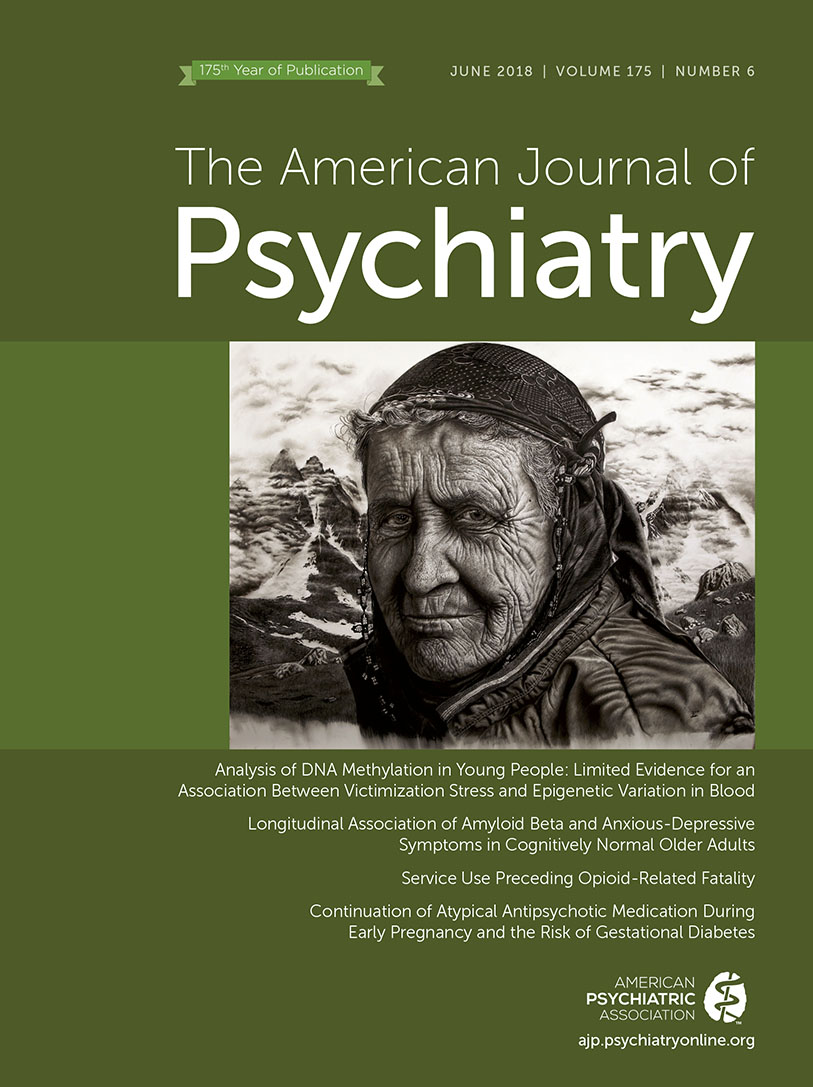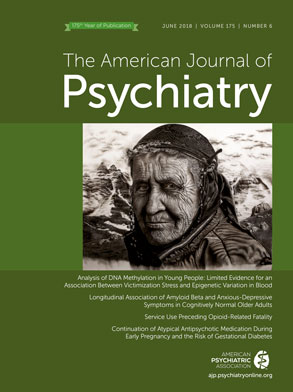T
o the E
ditor: Emil Kraepelin’s work has made him the icon of the medical model favored by postpsychoanalytic psychiatry (
1). However, his contemporaries did not unanimously embrace his nosology, as Kendler and Engstrom (
2) have shown in a fascinating examination, published in the April 2018 issue of the
Journal, of six of his major critics. The authors, however, do not mention one of his more famous critics of the time: the other “father” of 20th-century psychiatry, Sigmund Freud.
Although Freud regarded Kraepelin as the “the Super-Pope” of European psychiatry (
3, p. 69), to the point of stating that “a true psychiatrist mustn’t see anything that is not in Kraepelin” (
3, p. 34), he also shared some of the most pointed criticisms of Kraepelinian nosology, especially regarding the new categories of dementia praecox and manic-depressive insanity, which Freud found too broad and heterogeneous.
Early on, Freud rejected Kraepelin’s system. He generally held that dementia praecox “is often not a real diagnosis” because “it cannot be said that incurability or a bad end is a regular feature of Dem. pr.” (
3, p. 158), thus sharing the view of Meyer, Jolly, Tanzi, and even Hoche that poor outcomes do not necessarily define homogeneous groups.
Regarding manic-depressive insanity, he believed that grouping various forms of clinical depression together “into a single unity [that] does not seem to be established with certainty” (
4) would involve neglecting important clinical distinctions, such as those between “obsessional states of depression” (
4) and pathological bereavement. A concrete example of his difference of opinion with Kraepelin can be found in their respective diagnoses of the Wolf Man, whom Kraepelin considered a case of manic-depressive insanity (
5).
Interestingly, over time Freud became less critical of Kraepelin’s nosology and eventually even adopted part of it. A sign of this gradual “Kraepelinian revolution” in his thought can be found in the title he gave to his discussion of the Schreber case (
6), which he viewed in terms of both “paranoia,” based on the broader German category that predated and was rendered obsolete by Kraepelin’s nosography, and “dementia paranoides,” which was Kraepelin’s own diagnosis (
7). Freud added: “I am of opinion that Kraepelin was entirely justified in taking the step of separating off a large part of what had hitherto been called paranoia and merging it, together with catatonia and certain other forms of disease, into a new clinical entity—though ‘dementia praecox’ was a particularly unhappy name to choose for it” (
6). This acknowledgment of Kraepelin’s contribution would seem to constitute a partial acceptance of it. Furthermore, it is noteworthy that Freud went on to revise his prior diagnoses of paranoia in light of Kraepelin’s redefinition of the concept (
8), renaming them cases of “paranoid dementia” (
9,
10). Freud’s later work also suggests that he appreciated the Kraepelinian criterion of illness outcome factor, as indicated in his statement that “the schizophrenias … are inclined to end in affective hebetude” (
11).
Of course, Freud’s approach to diagnosis remained quite removed from today’s neo-Kraepelinian diagnostic systems, which are descriptive, symptom-oriented, and multiaxial and should also be viewed from the perspective of new psychodynamic models such as the PDM-2 (
12) or OPD-2 (
13). Yet precisely because neo-Kraepelinian psychiatry in the United States emerged as a form of reaction against the excesses of psychoanalysis and social psychiatry, it is worth recalling that Freud himself should be counted among the early critics of Kraepelinian nosology.

